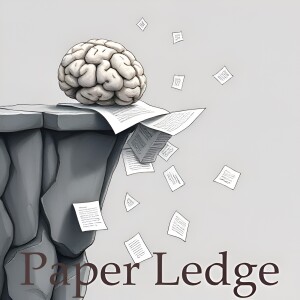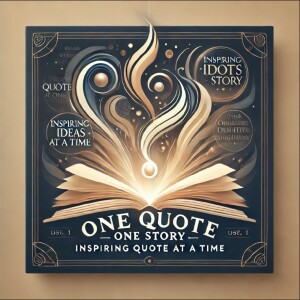

Hey PaperLedge crew, Ernis here, ready to dive into some fascinating research that's changing how recommendation systems work! You know, those systems that suggest movies on Netflix, products on Amazon, or even songs on Spotify?
So, traditionally, these systems work a bit like this: imagine you have a giant library with millions of books (those are our items). The old way was to categorize each book and each user's taste by assigning them a number of tags, or embedding them into a multi-dimensional space. Then, when you come looking for a book, the system finds the books that are closest to your "taste profile" in that space. This is called "approximate nearest neighbor search." It's like saying, "Show me books similar to what Ernis usually reads!"
But this paper throws a curveball! Instead of just finding similar items, they're proposing a system that predicts what you'll want next. Think of it like this: instead of just showing you books that are similar to what you've read, it tries to guess what book you’re going to pick up next based on the books you've already looked at.
How do they do it? Well, they came up with this clever idea of giving each item a "Semantic ID."
- Imagine you're creating a unique secret code for each item, a series of keywords, or “codewords,” that capture its core meaning.
- So, instead of a random jumble of numbers, a movie about a daring space mission might have the Semantic ID: "Space-Adventure-Survival-Teamwork."
- This Semantic ID is like a compressed, meaningful summary of the item.
Now, the cool part is, the system learns to predict the next Semantic ID based on the sequence of Semantic IDs you've interacted with. So, if you've been watching movies with Semantic IDs like "Space-Adventure-Survival," the system will learn to predict that you might be interested in another movie with a similar Semantic ID.
They use a fancy model called a Transformer, which is really good at understanding sequences, to make these predictions. It's like teaching the system to understand the "story" of your interactions and predict the next "chapter."
The researchers found that this new approach, using Semantic IDs and prediction, works significantly better than existing methods! They even found that it's especially good at recommending items that haven't been interacted with much before – the system can still make smart guesses based on the item's Semantic ID. This is huge because it helps to surface new and diverse content that you might otherwise miss. The research team mentions:
...incorporating Semantic IDs into the sequence-to-sequence model enhances its ability to generalize, as evidenced by the improved retrieval performance observed for items with no prior interaction history.
So, what does this all mean for us?
- For listeners who are techies: This is a really interesting shift in how recommender systems are built, moving from similarity-based retrieval to generative modeling. The use of Semantic IDs is a clever way to incorporate semantic information into the model.
- For listeners who are business-minded: This could lead to more effective recommendation engines, which can drive sales, engagement, and customer satisfaction.
- For everyone else: This research could mean we get better, more personalized recommendations that help us discover things we truly love!
Here are a couple of questions that popped into my head:
- How do you ensure the Semantic IDs are truly representative of the items? What happens if the "codewords" are biased or incomplete?
- Could this approach be applied to other areas beyond recommendation systems, like predicting user behavior or even generating creative content?
That's all for this episode of PaperLedge! I hope you found this dive into Semantic ID-based recommender systems as fascinating as I did. Until next time, keep learning!
Credit to Paper authors: Shashank Rajput, Nikhil Mehta, Anima Singh, Raghunandan H. Keshavan, Trung Vu, Lukasz Heldt, Lichan Hong, Yi Tay, Vinh Q. Tran, Jonah Samost, Maciej Kula, Ed H. Chi, Maheswaran Sathiamoorthy
More Episodes
All Episodes>>Create Your Podcast In Minutes
- Full-featured podcast site
- Unlimited storage and bandwidth
- Comprehensive podcast stats
- Distribute to Apple Podcasts, Spotify, and more
- Make money with your podcast












